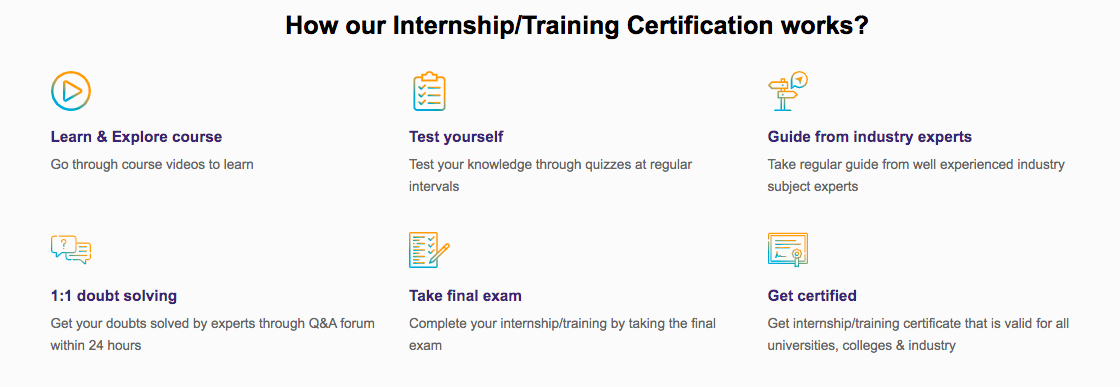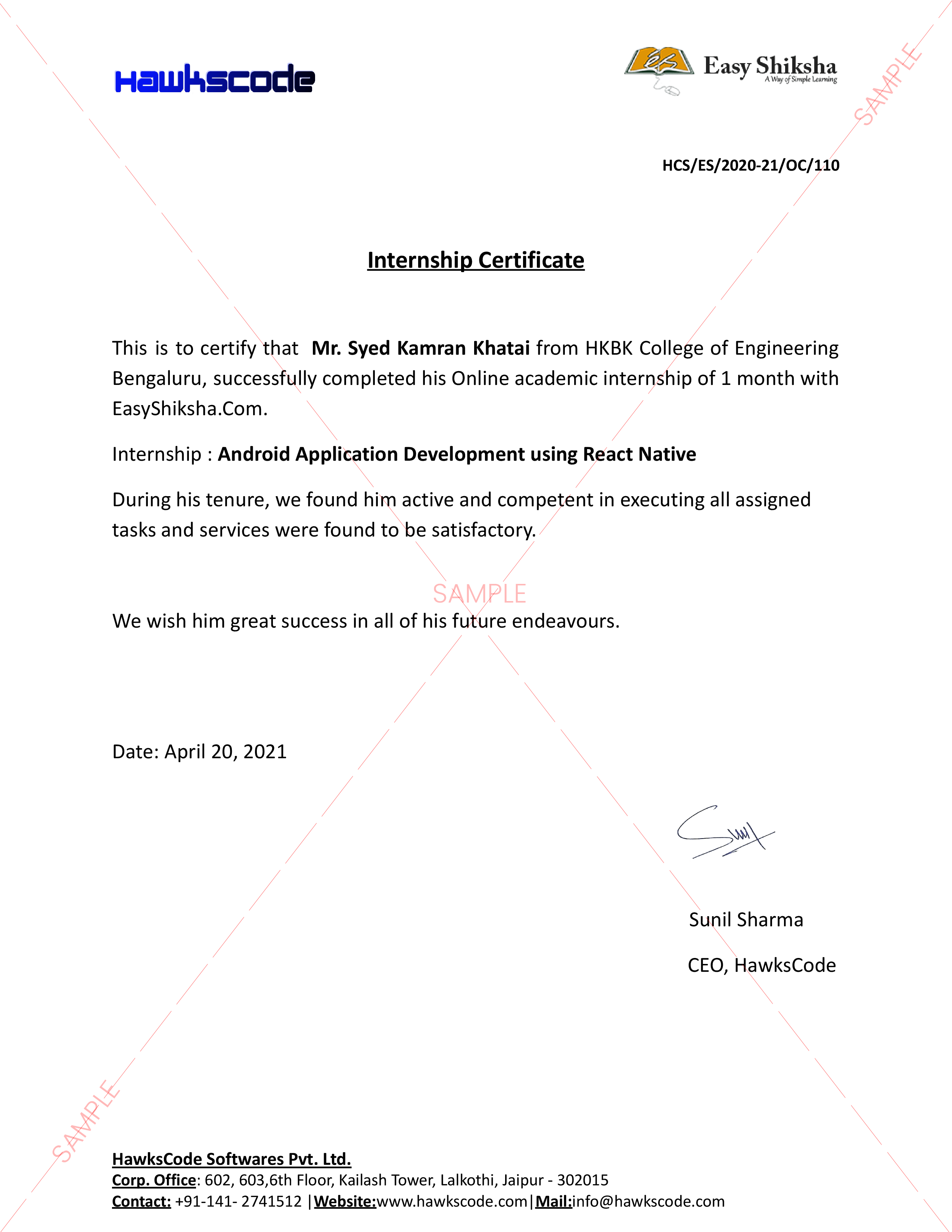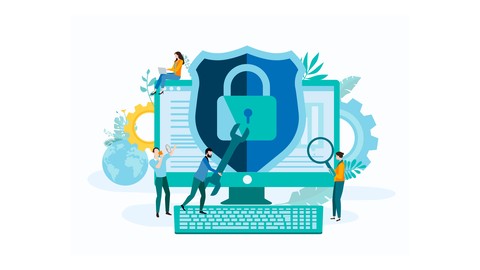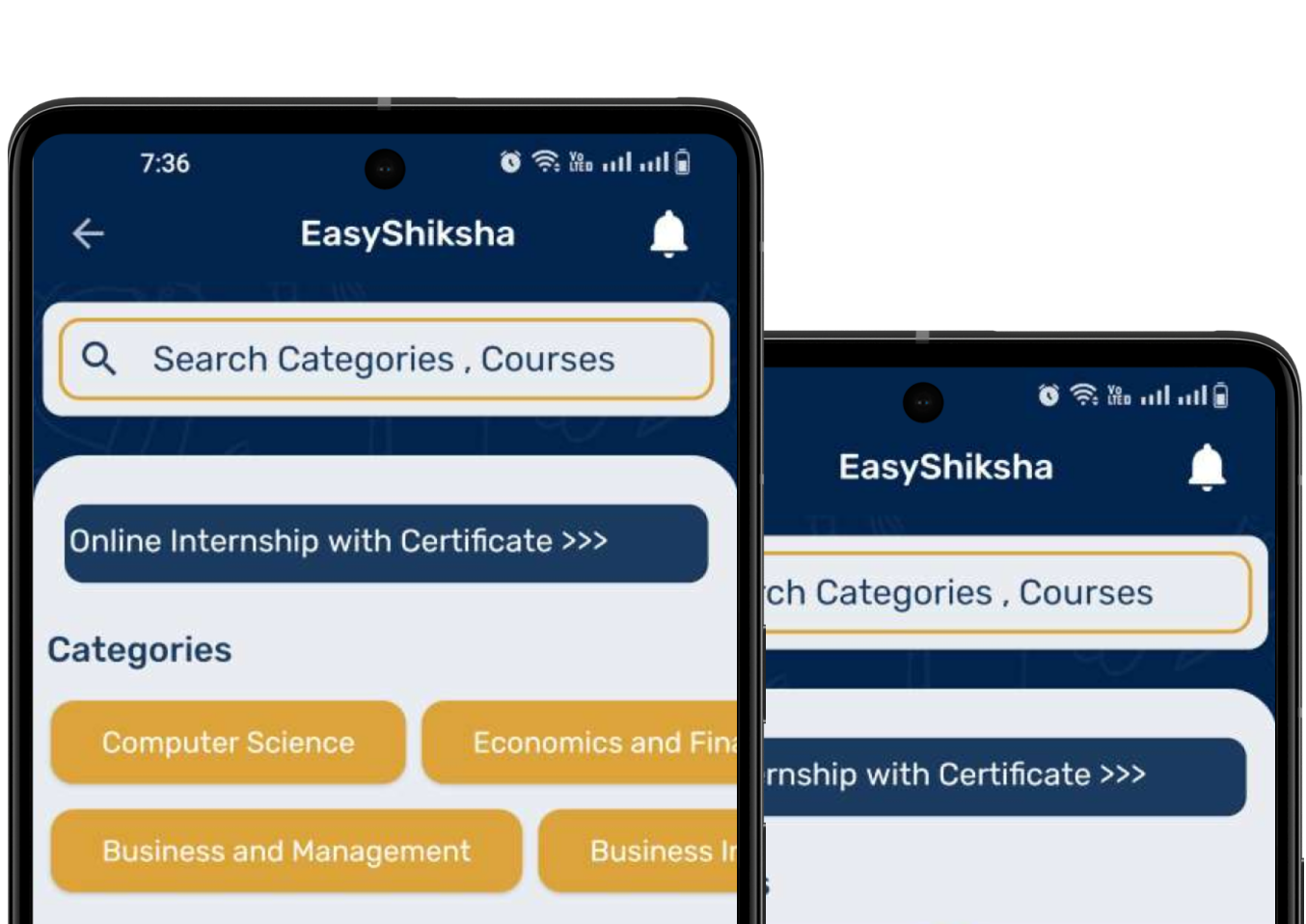Teachers may have taught the perfect lecture as clear and concise as possible, but how can they be sure students have a clear grasp of what they’re teaching strategies? The important question is, “will they be able to use this newfound knowledge in a new and unfamiliar concept? Moreover, how can students remember and apply the information they learn? It is a fact that the more complete a students understanding is, the less likely they are to forget. Transfer matters more than practice. Every teacher must make sure lesson retention is present among their students.

Important Announcement – EasyShiksha has now started Online Internship Program “Ab India Sikhega Ghar Se”

For many teachers, this is a huge problem. Apart from keeping up with other duties and requirements, the main part of their task is to actually teach something that their students will learn, understand, and apply. These five teaching strategies for helping students retain lessons:
1. Clear Instruction
It’s easy to just lay it all out there briefly and expect your students to understand in a snap. Some students are fast learners, but there are also students who struggle. Sometimes when you skip over some background information and assume that students already know it, that’s where the problem starts. It is important that you explain how the new lesson connects to past concepts you have taught.
2. Multisensory instruction
Top Courses in Software Engineering
More Courses With Certification
This strategy means you can teach one concept or skill at a time and wrap as many senses around that concept at a time. This method helps your students build connections and engage them in learning. It also helps them keep their attention in class and retain what was taught to them.
3. Feedback Loops
Through creating feedback, you can ensure that students really understand your lecture. Ask them what they learned, what is challenging to them, and anything that is unclear. This is the only way to find out if your lecture is effective.
4. Peer to Peer Coaching
Peer-to-peer coaching forces students to use their working memory. Ask them to explain to their classmates what they learned in class. This helps them exercise their working memory and reinforce your instruction in their minds. It also gives you a chance to get real feedback about your lessons.
5. Teach Concisely
Sometimes, saying too much is far more detrimental and causes more confusion than by saying too little. Pay attention to your students’ body gestures. Are they giving you a ‘lost’ look? Talking more just overloads their minds and prevents them from remembering instructions. You can ask them to review past lessons and work on a new lesson the next day just to have a fresh mind. Avoid information overload, teach concisely and go through the main points.
About the Author
Farid Gasim is Founder of Edarabia.com and has extensive experience in serving the Middle East education industry. As an integral part of media agency, Grafdom, Farid has developed marketing strategies for institutions and government agencies. He is a notable speaker with over 12 years of marketing expertise and numerous public engagements at New York University, Zayed University, Higher Colleges of Technology and other industry events & forums.
Empower your team. Lead the industry
Get a subscription to a library of online courses and digital learning tools for your organization with EasyShiksha
Request NowALSO READ: Placio-student-housing-start-up-enters-delhi
Get Course: Alibaba-Import-Business-Private-Label-Products-Blueprint
















































































